Month-by-Month Vegetable Planting Guide for UK
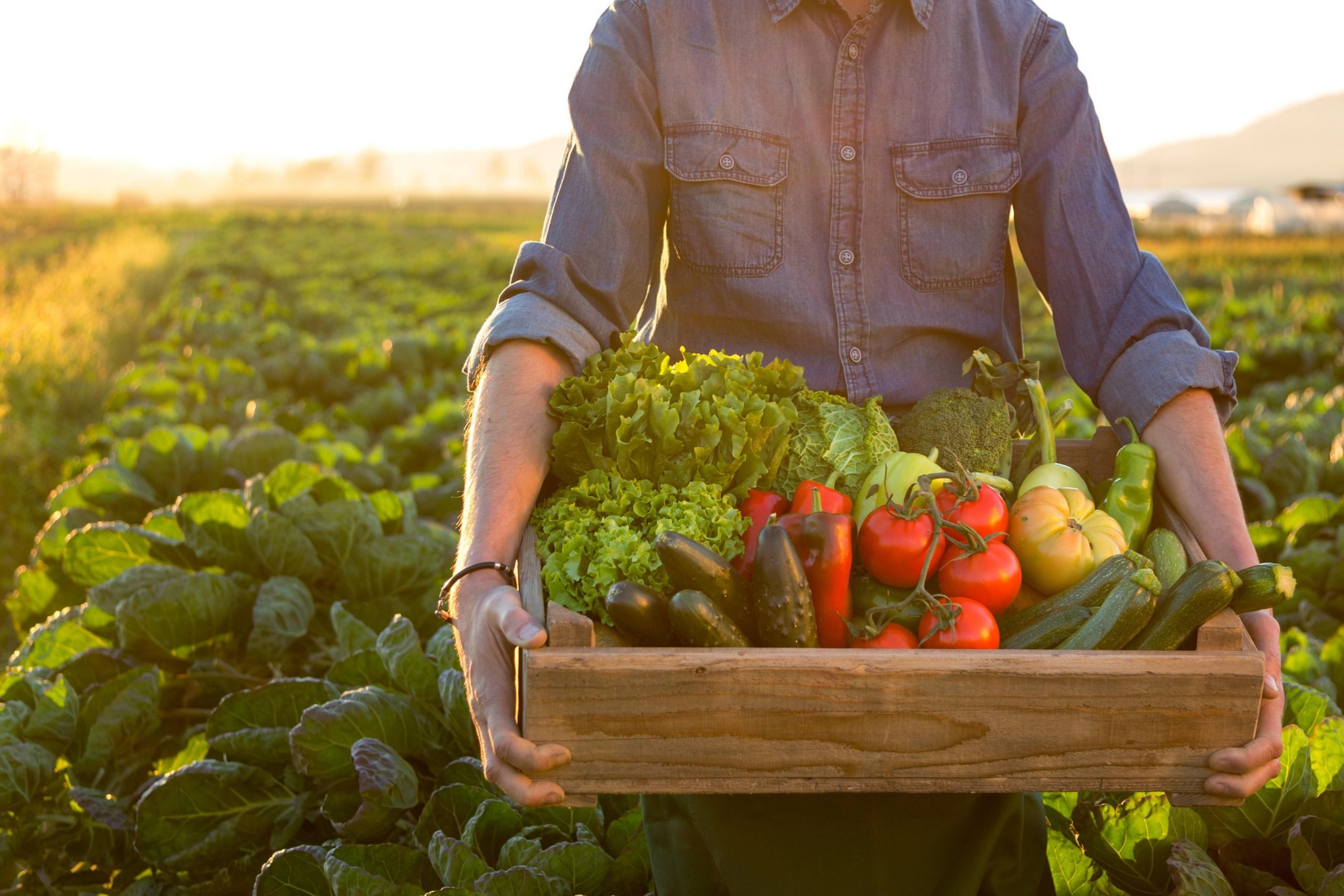
Table of Contents
As the days in the calendar change, the time to plant and harvest the vehicle also changes. It is important to know the right time and season to plant different types of vegetables. In this blog, we will discuss the Vegetables Planting guide by month in the UK.
With the mild and changeable climatic conditions, it is important to keep the vegetable guide handy to yield maximum crops. From planting frost-hardy plants to plants that need plenty of suns and we will walk you through the stages of maintenance.
Are you ready to get your hands dirty and enjoy the harvest of your own effort?
Vegetable Planting Guide by Month
A vegetable planting guide is a tool that provides information on when to plant vegetables in a particular month of the year by considering the region, climate, and weather conditions. This calendar helps provide guidance on when to sow, transplant, prune, and harvest crops.
This guide typically helps with different vegetables that can be planted along with the soil type, temperature requirements, and specific instructions to care for a plant, such as watering, fertilizing, etc.
Following a vegetable guide helps the gardener in maximizing the crops and also ensures timely maintenance and harvesting. By following the calendar, gardeners can make the most of the garden by continuously planting and harvesting throughout the year.
Now that we understand the importance of maintaining a planting calendar let’s see a vegetable planting calendar/ guide by month in the UK.
1. January
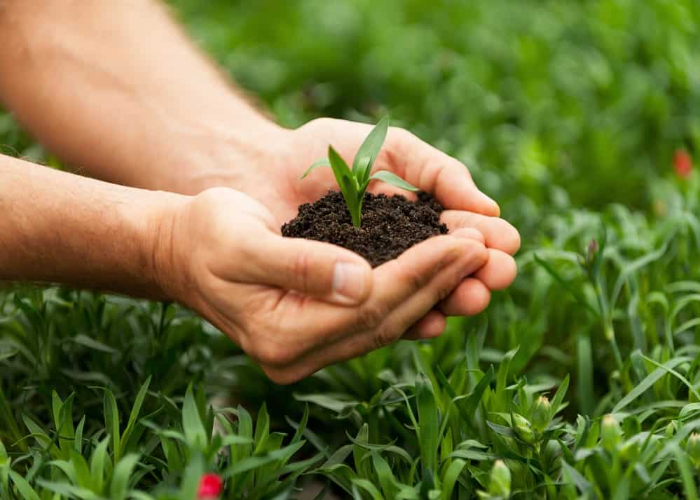
Usually, the gardening year starts in spring, but it doesn’t mean that your garden should be left out; there is plenty of work to be done by then. January is the month of planning and decision making, deciding the vegetables you choose to plant in early spring.
As the mornings are crisp and frosty, you can sow some hardy vegetable plants in the garden, not just that there are plenty of vegetables that can be sown indoors too. If the conditions are mild and suitable, sow Broad beans, Radishes, Peas, Onions, Spinach, and rhubarb crowns if the soil is well-drained.
You can also plant Lettuce, Cauliflower, Cabbage, leeks, Tomatoes, peppers, and Aubergine (Eggplant), which require longer growing seasons, and start by planting them indoors to make them ready to transplant later. Chitting potatoes is also an option; this encourages the plant to develop shoots before planting it in the garden.
Overall, January may not be the busiest month for planting, but it is still an important month for planning and preparation, like ordering seeds, preparing soil and compost, and harvesting the previous season’s crop.
2. February
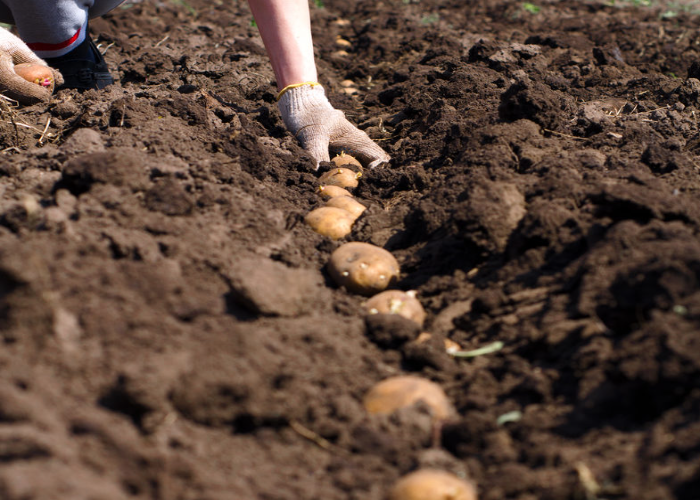
While the weather is still cold and unpredictable in the UK, there may not be many crops that can be sown in the month of February.
If you haven’t already done so, start by chitting potatoes, sowing tomatoes and peppers, leeks, onions, etc.
February is a good time to start preparing the soil by fertilizing it and by making sure the water drainage system is up and running properly. It is also advised to start growing garden borders, undercover plants, and prepare beds and containers.
Additionally, this is the time to create a garden plan by choosing the plants, designing the beds, and making new growing areas ready for planting. If you are a seasoned gardener, then there are certain plants in your garden that need overwintering and mulching to protect the plant from frosting.
Utilize this time to learn about gardening, the unique needs of the plants, and what plants can be sown to attract butterflies, bees, and other birds to make the garden livelier.
3. March
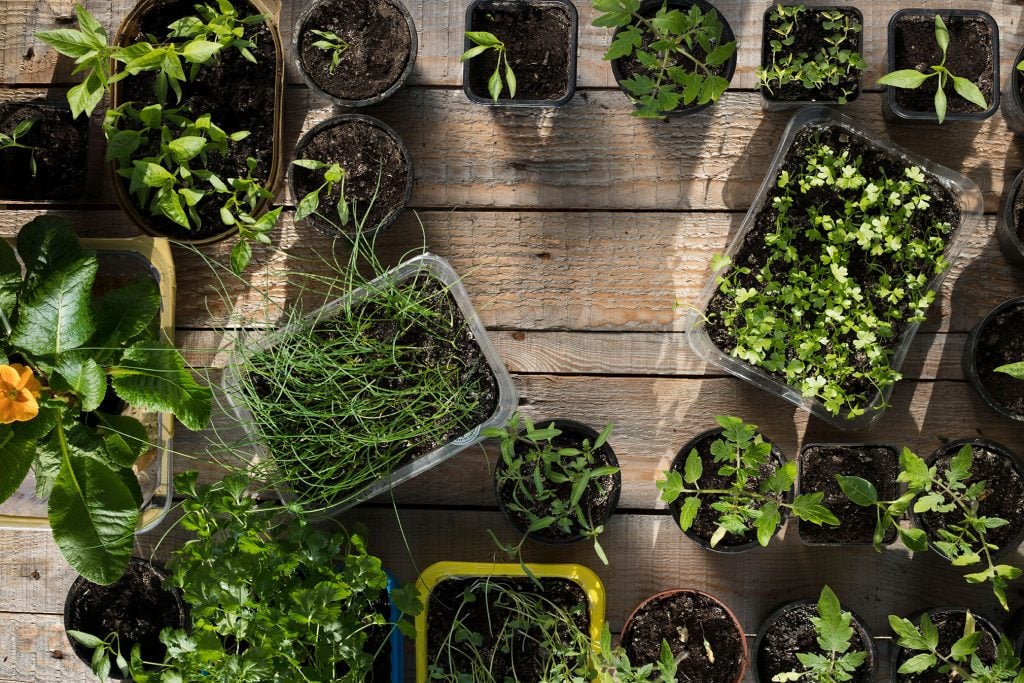
The fresh smell of spring is definitely in the air. The weather might still be chilly and a little too early to sow, but the warm evening air is hinting about the arrival of spring. This is an important time for the gardeners to make sure you are well informed about the last frost date in that region.
Prepare garden beds by removing the weeds, checking the quality of the soil, and mulching. If you haven’t done it yet, this is the right time to plant leafy vegetables like lettuce, cabbage, cauliflower, and spinach and other vegetables like peas, carrots, and radishes directly outdoors.
If you love having wildlife-friendly features like plants that attract butterflies, bees, hummingbird birds, or other pollinators, this can be a good time to start prepping for that.
4. April
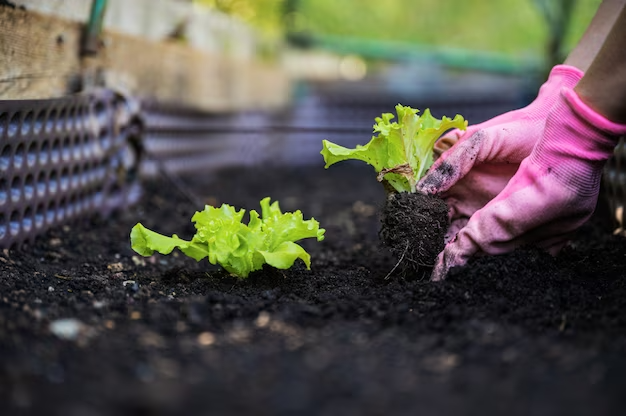
April is the favourite month for gardeners, as they have the last frost date in this month, and also, the weather will get warmer.
This is the season to sow many of the vegetables directly and also to transplant the indoor seedlings into the garden as they see their first leaves.
Plant out the tomatoes, peppers, potatoes, including leafy vegetables, peas, carrots, and radishes, etc. Use trellis, sticks, or arches to support the climbing trees like peas and beans.
This is also a good time to sow Broccoli, Beetroot, Chard, Kale, shallots, spring onions, Mushrooms, etc., in the garden. If you choose to plant indoors, you can go with Brussel Sprouts, Celery, Onions, Cucumber, leeks, Asparagus, etc. If you have already planted cauliflower, lettuce, radish, spring onions, and carrots, it’s time to harvest.
If you have a greenhouse or polytunnel, make sure it is well equipped with water, and there is proper ventilation. Watch out for weeds and start mulching to avoid unnecessary weed growth.
5. May

It is officially time to make the most of your outdoor garden; as spring has arrived, this is going to be the busiest time. There may already be plants like lettuce, cauliflower, broad beans, carrots, and other plants that were sown earlier this year.
Arrange an efficient water system in the garden to supply water on sunny days. As most of the plants do not like damp and wet soil, make sure the drainage system is fully functioning.
Now is the time to plant those indoors, outside in the garden with other companion plants. This is also a great time to plant some summer crops like French beans, cucumbers, squash, pumpkins, sweetcorn, courgettes, garlic, etc.
It’s time to thin out some plants by pruning and also look for pests, insects, and diseases. Carefully remove weeds and mulch to retain moisture. Use liquid or slow-releasing fertiliser to promote healthy growth.
6. June

Long, warm, and most happening days of the year in the garden. If you have already planted vegetables, then this month is going to be a harvesting season for a wide range of different crops.
It’s also time to sow new plants like Aubergine, Asparagus, broad beans, Broccoli, Cherries, Cauliflower, Turnips, Runner Beans, Peppers, Lettuce, Squash, Rhubarb, Spring Onions, etc., directly in the garden. This is also a great time to plant herbs like thyme, oregano, cilantro, parsley, etc., that can thrive in warmer conditions.
As the temperature becomes warmer, it’s time to improve the watering system and mulch to retain moisture in dry areas. Pruning and deadheading improve overall health, and it is also important to replant as the space comes up, as some plants grow wider. Keep doors open for proper ventilation.
7. July
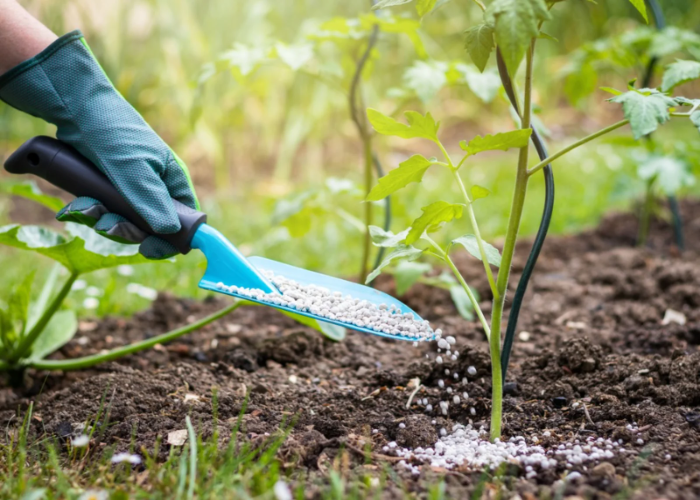
July is a great time to enjoy summer harvesting and focus on maintaining the garden.
It is a perfect time to start sowing autumn and winter crops like broccoli, Brussel Sprouts, cabbage, cauliflower, kale, and other leafy vegetables. If you have any seedlings indoors, like pumpkins, squash, sweetcorn, etc., this is the time for them to come out and encourage them to bush out.
Harvest the fruits and vegetables as they mature and pinch off the side shoots and dead leaves from the growing plants to promote healthy growth.
Clean up the garden and get rid of fallen foliage, under growing plants. Fertilize and water the plants regularly. Stay on top of observing for pests and diseases as some plants start to grow bushier in warm weather.
8. August
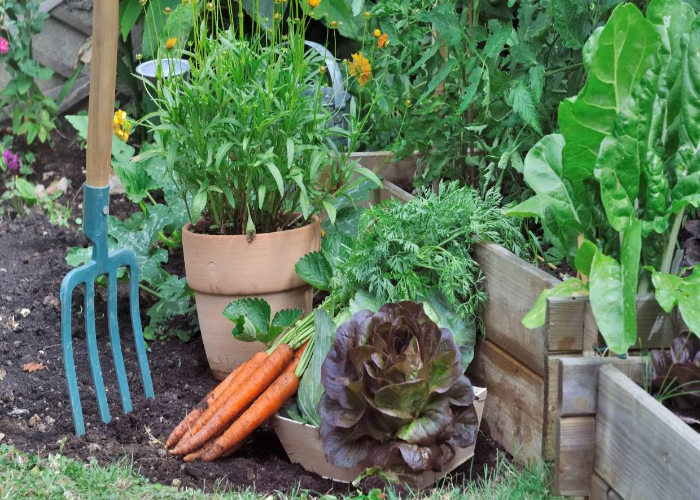
August is the month of abundance as many vegetables are at their peak for harvesting. It is also a month for maintaining the garden by mulching, pinching off the spent leaves, and pest control.
Harvest vegetables like beans, cucumber, lettuce, radish, and tomatoes. Observe the vegetables and harvest on time to avoid over-ripening.
This is also a great time to plant winter crops like kale, broccoli, cabbage, cauliflower, carrots, turnips, etc. Also, start sowing crops like lettuce, leeks, parsnips, and Brussel Sprouts that need overwintering.
August can still be warm in some areas, and water regularly to prevent dehydration and wilting. It is recommended to water deeply and less frequently. If you haven’t done it yet, fertilize the plants with all-purpose fertilizers and high-potassium when fruits start to form.
9. September
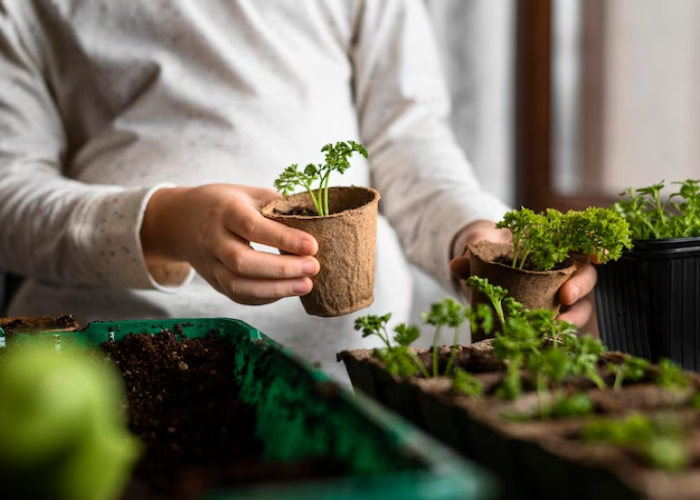
As the summer fades away, September marks the start of the autumn season; there are a lot of activities in the garden.
Start by harvesting the crops that remain in the ground (potatoes, radish, etc.) and in the garden. This is also a time to cut down watering and encourage ripening. Remove the spent leaves and leaves that are casting shade on plants.
If you haven’t done yet, sow winter crops like Brassicas, kale, winter onion, and garlic and herbs like parsley, chervil, and coriander, which can be grown in colder conditions. It is also important to cover the soil by planting manures to protect the soil where plants are not growing.
This is also a period between harvesting and planting new winter crops; utilise this period to prepare soil and composting.
10. October
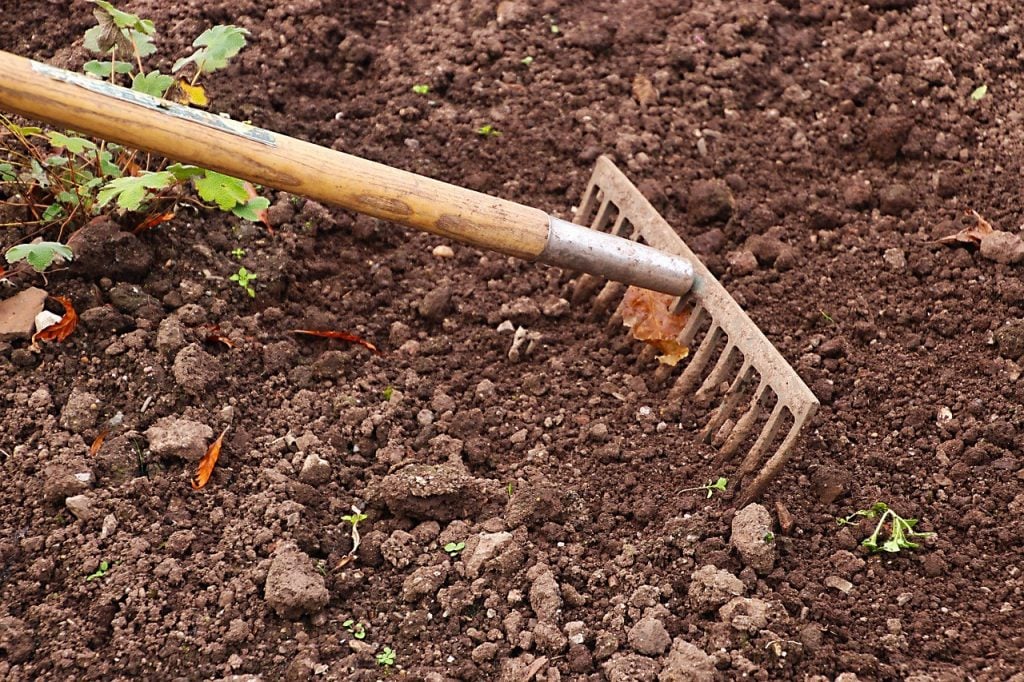
The days will get shorter and colder, which also marks the start of winter and brings many new changes to the garden.
Harvest the late summer crops like tomatoes, beans, courgettes, etc. Once you are done with harvesting, clear and clean the soil by removing the spent crops and weeds and fertilising the soil.
It is an ideal time to plant onions, garlic, broad beans, spinach, salad leaves, etc., which can be harvested next year. Collect the seeds from the previous and preserve them for the next planting season.
Mulch the plants with dead leaves and reduce the frequency of watering as the days will get colder. Some plants might need overwintering, preparing and setting soil for containers.
11. November

November is the beginning of winter, which means there are very few crops that can be planted. But there are many maintenance activities that have to be carried out. This is a good time to plant winter hardy plants like salad greens, cauliflower, kale, winter lettuce, etc. if you haven’t done yet.
Support brassicas (broccoli, cauliflower) as they become heavy to protect them from winter frost damage.
If you choose to plant any crops indoors for the next planting season, try greenhouse or polytunnel gardening and add little heat for tender or exotic plants.
Do remember to water the winter crops; the weather is cool, but they still need watering for active growth. Consider planting perennial shrubs and other flowering plants to prevent soil damage in places where the land is empty.
12. December
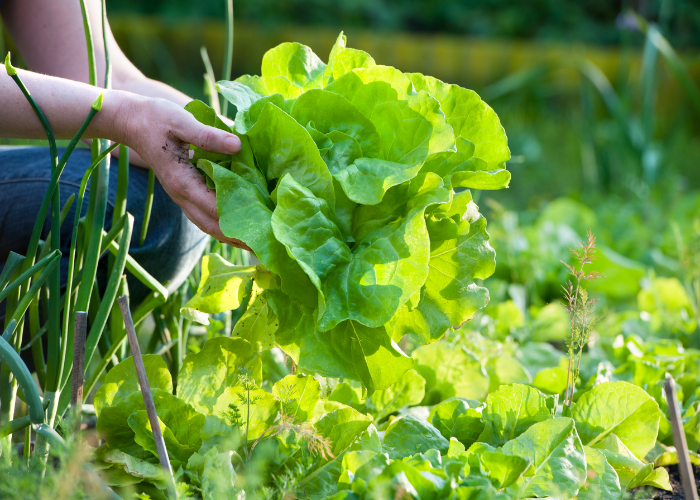
December is considered to be the dormant phase in the garden as the winter cold hit the growth of the plants. Though there isn’t much planting job to do, there will still be some maintenance work around the garden.
Protect the plants from the snow but make sure there is enough direct or indirect sunlight.
Remove the yellow leaves and other infected leaves from the plants to stop the diseases from spreading. Harvest winter lettuce, potatoes and other plants that you can enjoy during Christmas.
Conclusion
Growing your own vegetables can be a very overwhelming yet enjoyable experience. By following this vegetable planting guide that considers the climatic conditions of the UK, you can make the most of your garden and ensure that your garden is producing a healthy crop.
It is important to consider the location, climate, and availability of space before planning your garden; with the tips and tricks included in this guide, you can make sure to have a bountiful harvest all year round. Remember that gardening needs a lot of patience, and it is not a skill that can be acquired overnight; it takes effort and an open mind to experiment.
There’s no better time to start than now! Happy gardening!

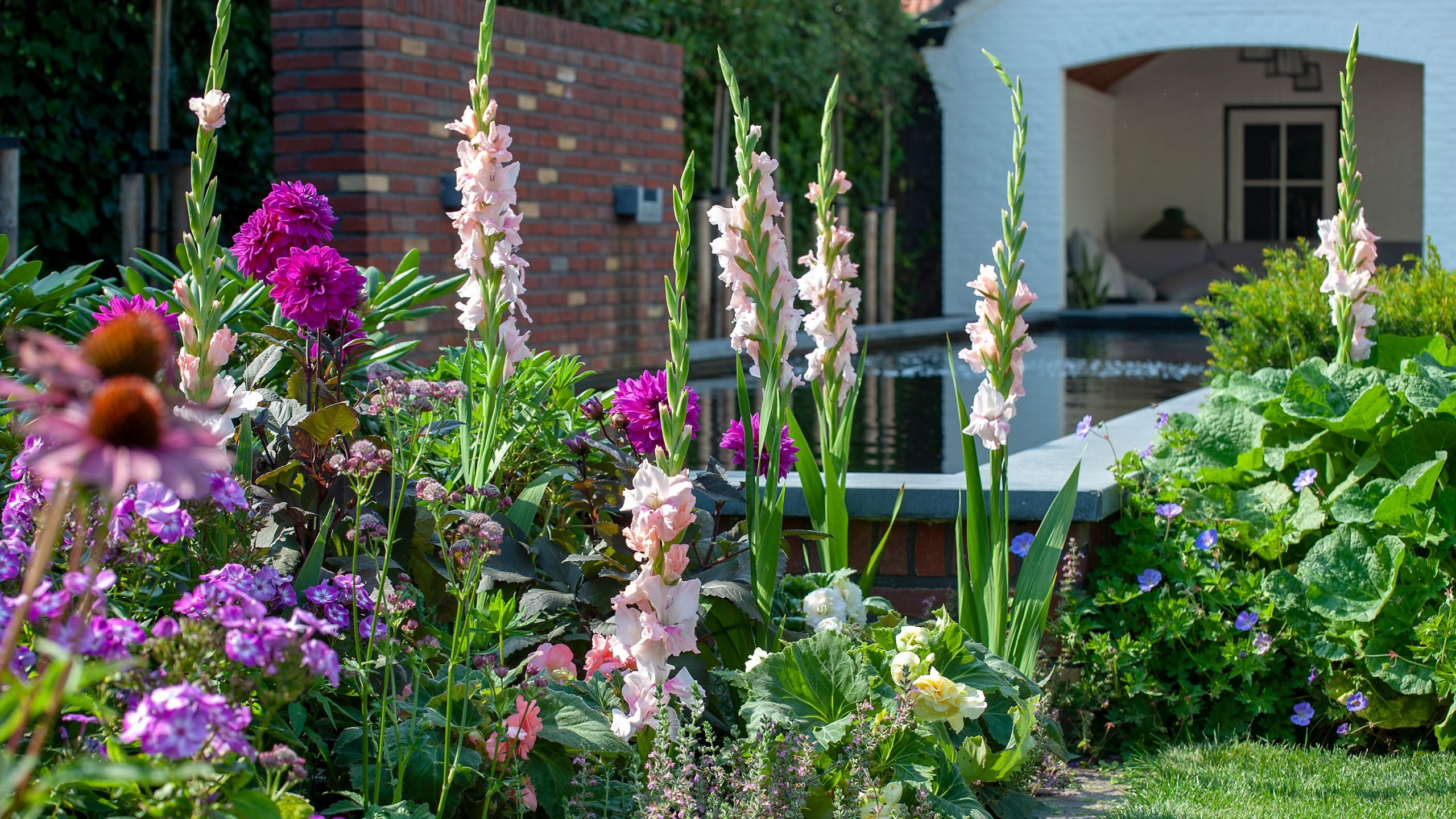
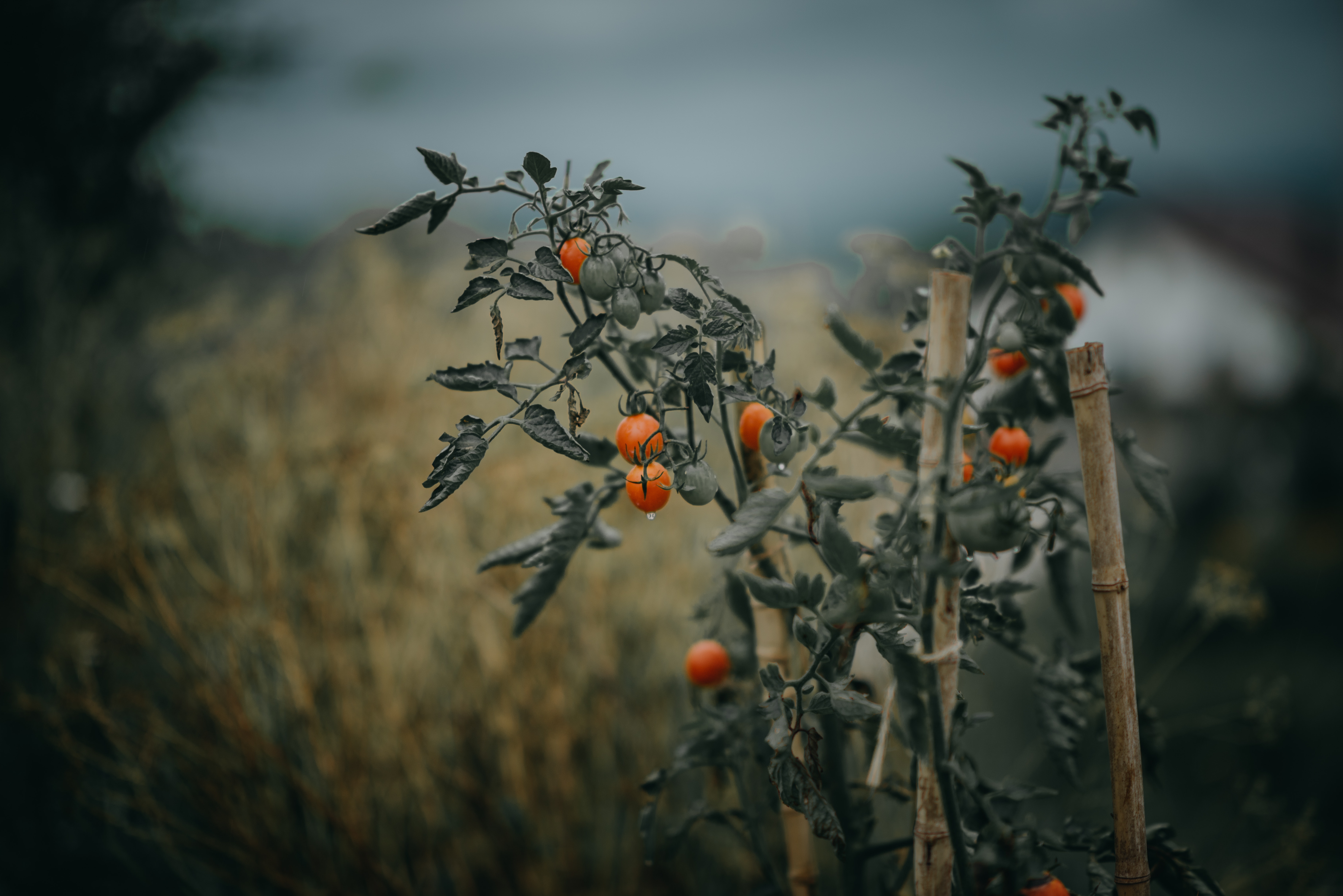
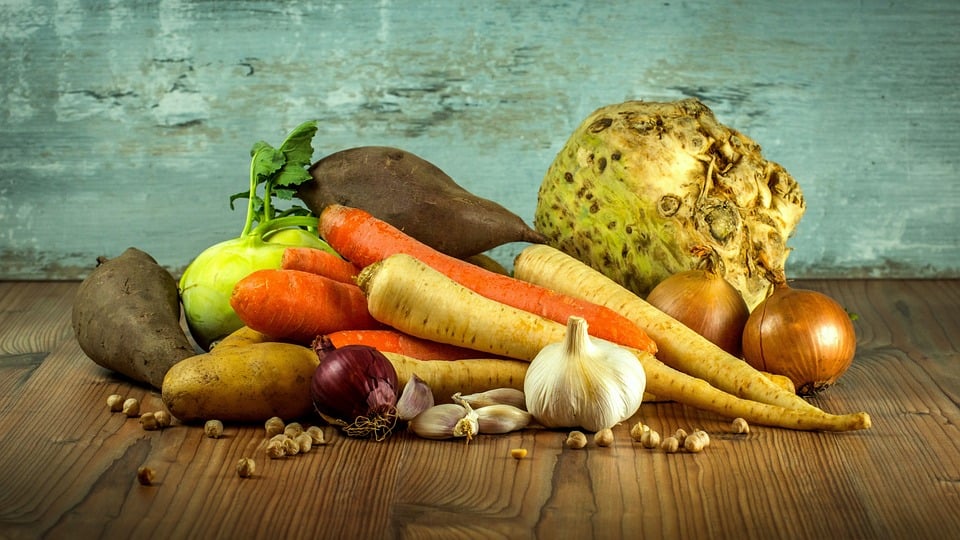
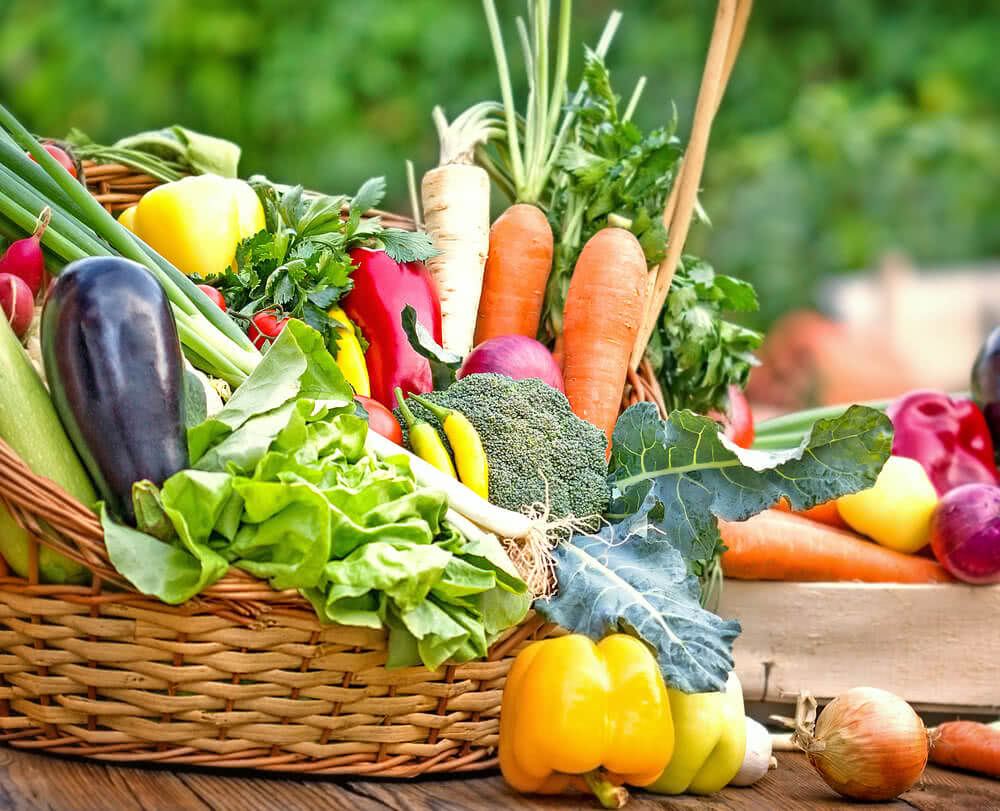
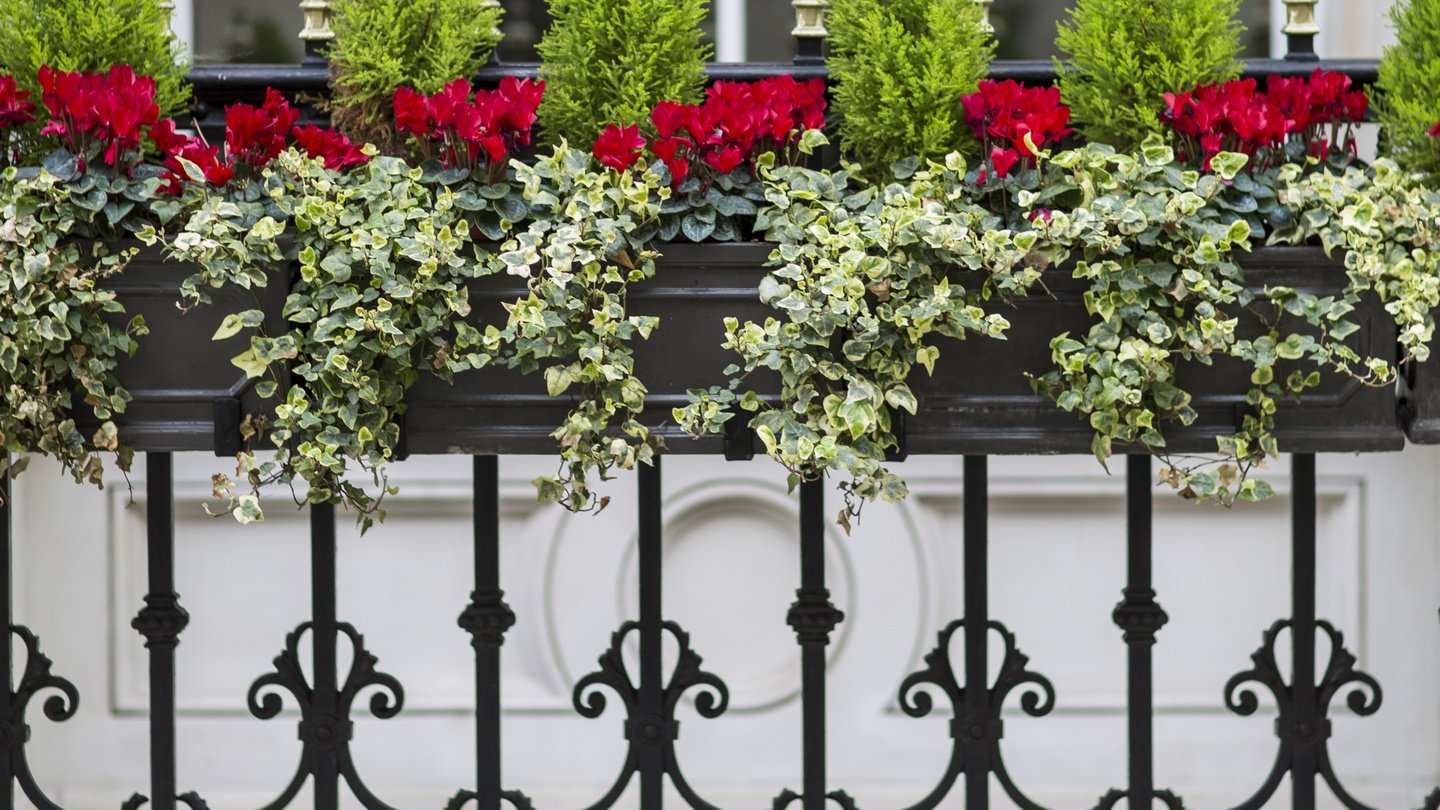
![The Top 10 Vegetables You Should Plant in August [UK]](https://staging.thearches.co.uk/wp-content/uploads/Vegetables-That-Can-Be-Planted-In-August.jpeg)